It’s lean, green, and full of protein. Frog — the other, other white meat.
In many parts of the world, frog meat is seen as a delicacy. In some areas where World Vision works, it is one of the only sources of protein within reach.
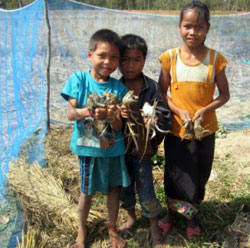
Phoun and his wife, Nitnoy, grow rice and vegetables on their 9-acre farm in southern Laos. But they couldn’t grow enough food for their seven children, let alone produce anything extra to sell.
When not working in their fields, Phoun, Nitnoy, and their children would spend hours searching for food in the nearby forests. They would fish, hunt frogs, and search for wild vegetables to supplement what they were able to produce.
Nitnoy and Phoun felt powerless to provide for their children’s most basic physical needs, much less give them opportunities for a brighter future.
Life was so difficult that their eldest daughter, Leng, went to work in Thailand five years ago. She was only 10.
“We have no news about her,” says Nitnoy, trying to hold back her tears. “We don’t even know where she is working.” They are not sure if she is still alive.
Then, in 2008, World Vision began working in their community. Two of their children were sponsored, and Phoun approached World Vision with the idea of starting a frog farm.
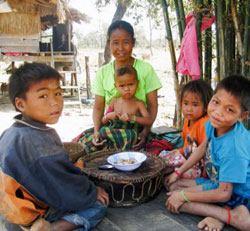
Not only does the frog meat provide a constant source of protein for their growing children, but it also provides a source of income. Frog meat can be sold for about $1 per pound in the village and fetch even higher prices in nearby cities. For a family whose monthly income was only $12, this is a big improvement.
Now, Phoun and Nitnoy are able to spend more time with their children and less time searching for food. Two of their children have been enrolled in school, and they hope that profits from their frog farm will enable their other children to study soon.
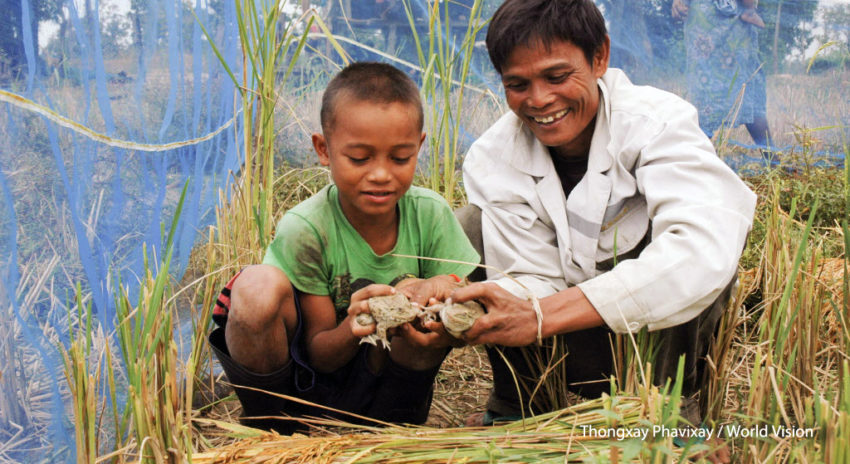
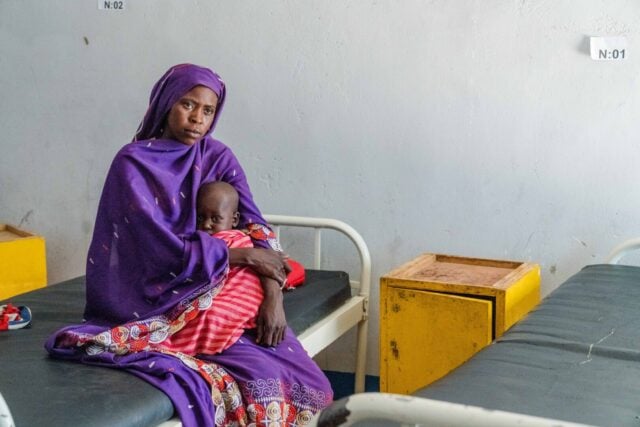


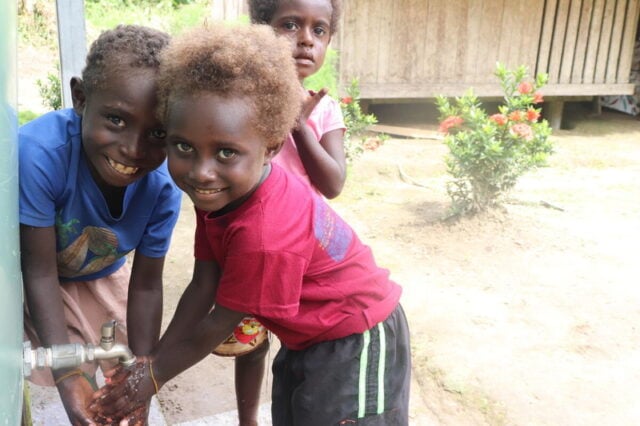
Comments